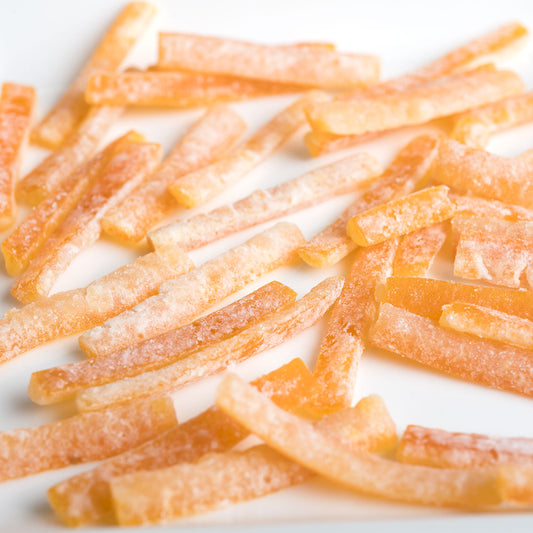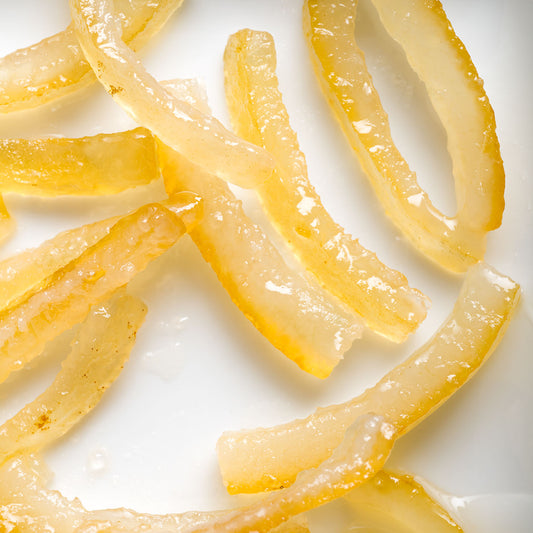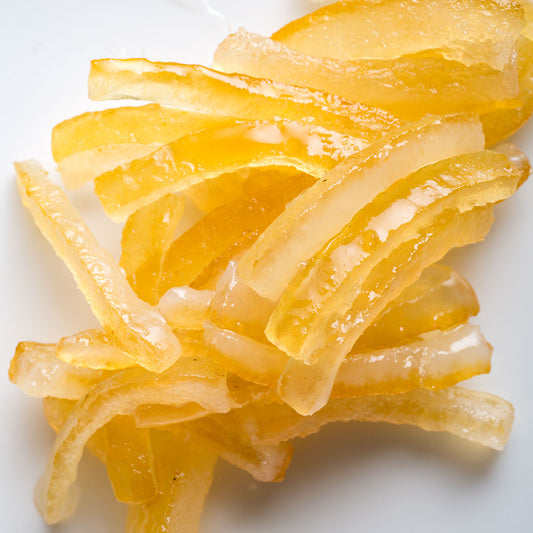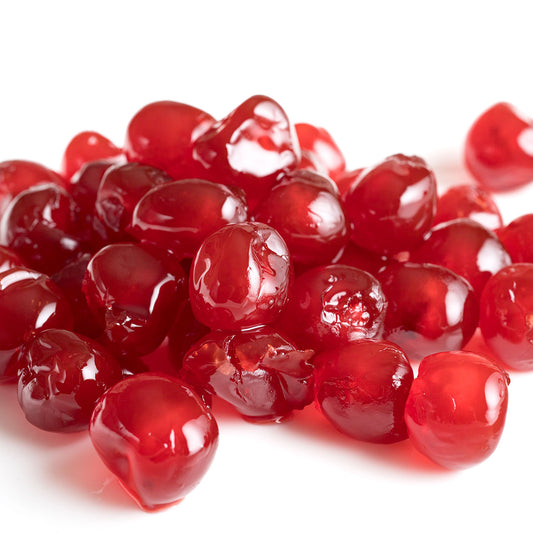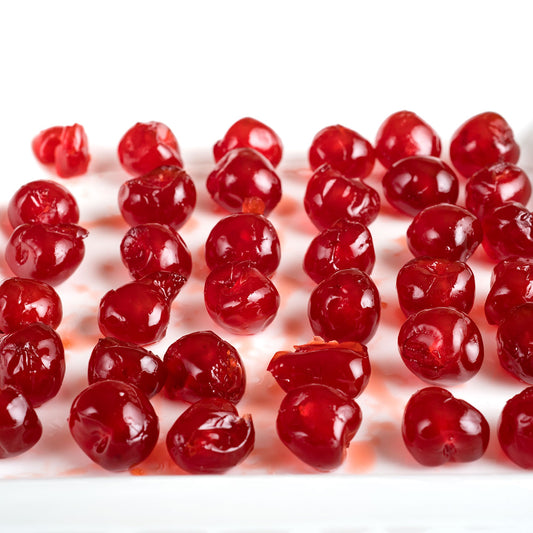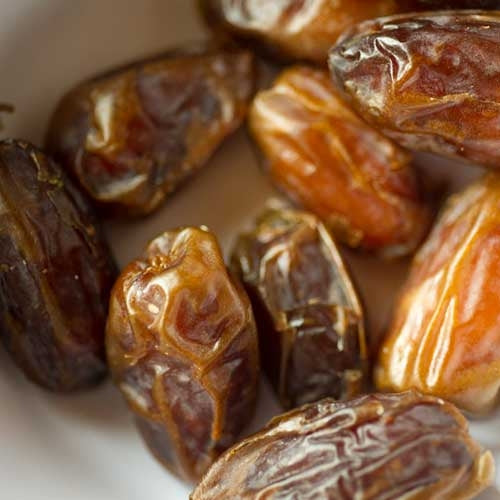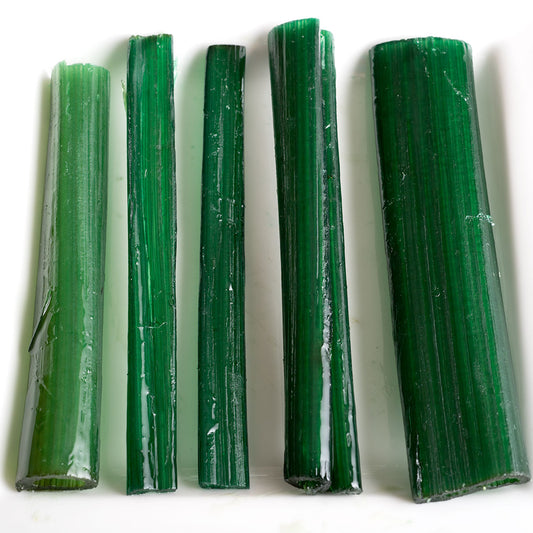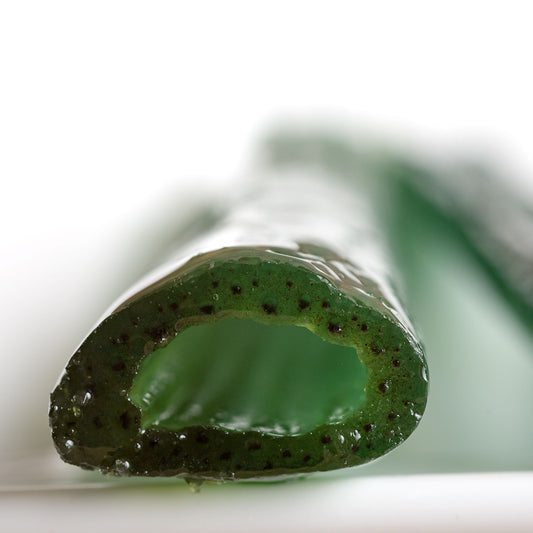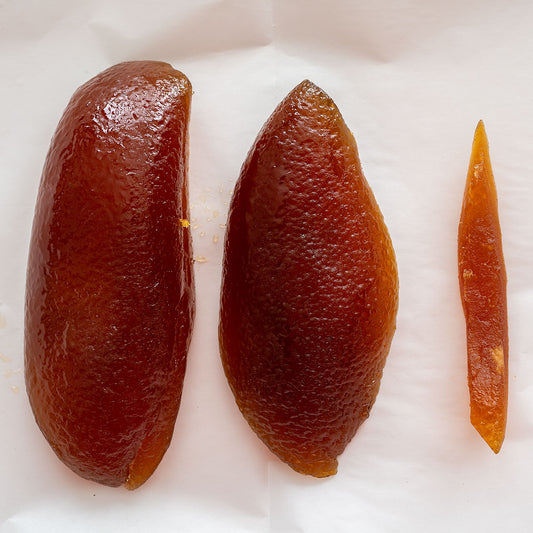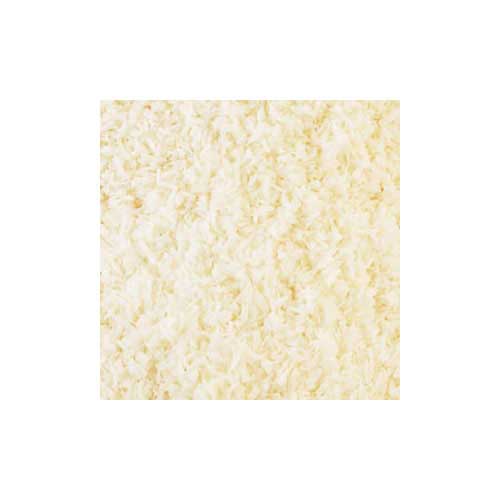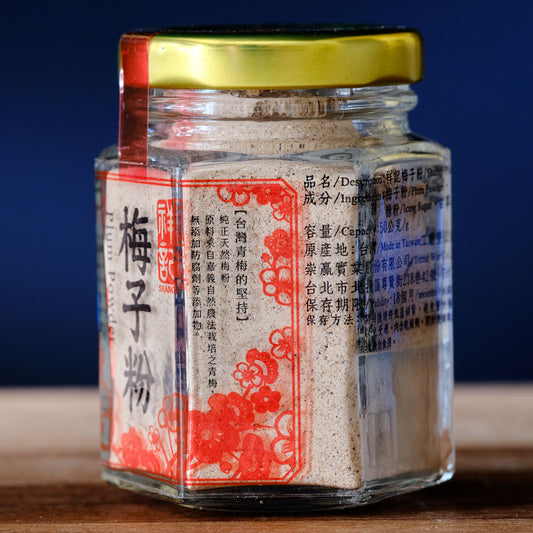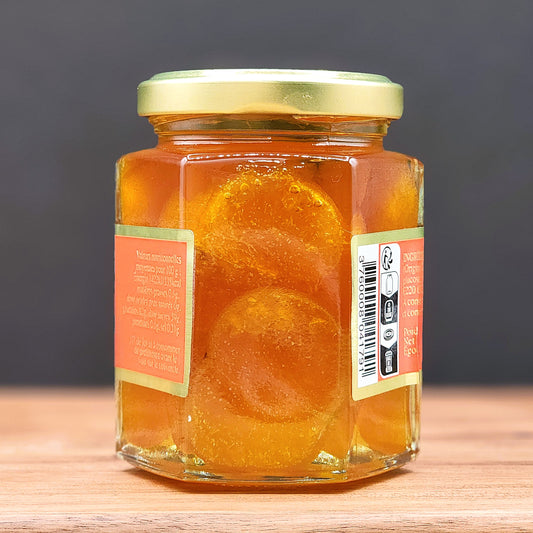Fruit for Baking
about Fruit for Baking: click here to read more
Fruit has been used in baked goods for thousands of years. In the ancient Near East and Mediterranean, dried fruits such as figs, dates, and raisins were used as sweetening or enriching ingredients in breads and cakes.
In ancient Egypt and Greece, baked breads and cakes might include honey along with fruits or nuts.
A “fig cake” (made from pressed or dried figs) is mentioned in the Hebrew Bible and elsewhere, dating back to the early centuries CE. The precursor of modern fruit breads also existed in medieval Europe; for example, the German and Austrian Früchtebrot(“fruit bread”) contains dried pears and other fruits and has a tradition that dates to the Middle Ages.
The use of fruit in baking and the preservation of fruit through candying is a tradition centuries old, blending sweet innovation with necessity. As far back as ancient civilizations, fruits such as figs, dates, raisins, and pomegranate seeds were incorporated into breads, cakes, and other grain-based dishes.
For instance, early forms of what we might call “fruit breads” or sweet cakes were made in ancient Rome, where a mixture of barley mash, raisins, pomegranate seeds, and pine nuts appears in the recipe for satura.
The method of candying—immersing fruit or peel in heated sugar syrups so that moisture is replaced with sugar and spoilage is prevented—is documented in Europe from at least the 14th century. Preservation with honey was already practiced in the ancient Near East and Mediterranean, but the arrival of sugar cane and refined sugar in Europe during the later medieval and Renaissance periods made the classic “candied fruit” possible.
In Provence, southern France, towns such as Apt and Carpentras became noted centres of fruits confits (candied fruit) production, using citrus, figs, and cherries. This technique turned fruit into something both festive and durable, enabling it to be enjoyed when fresh produce was unavailable or difficult to transport.
Early examples of baked goods using fruit include the Roman satura and medieval fruit breads or loaves sweetened with dried fruits and honey. This “cake” is preserved via the holiday and festive cake known as fruitcake. Its lineage begins in antiquity with the Roman variant, continues through the Middle Ages when dried fruits, spices, and preserved peels were incorporated, and extends into modern times as a symbol of celebration.
Another historic food is the Italian panforte (literally “strong bread”), a medieval dessert from Siena made with flour, nuts, dried and candied fruit, and spices—a recipe still prepared today.
There is also record that by the early 18th century, in parts of continental Europe, fruitcake was at times “outlawed” (or at least frowned upon) for being “sinfully rich.” One account notes: “By the early part of the last century fruitcake had acquired ceremonial stature … however, fruitcakes were outlawed entirely in Europe as they were said to be ‘sinfully rich.’”
Fruit has been an ingredient in baked goods for thousands of years. Preserving fruit by candying became widespread in Europe as sugar technology advanced, and some foods born in ancient or medieval times—such as fruitcake and panforte—are still eaten and celebrated today.
FYI
In ancient Rome, satura (sometimes spelled satira or satura farcimen) was an early type of mixed dish or cake made from barley meal or other grains combined with fruits, nuts, and honey. The word satura literally means “a mixture” or “a medley,” and it’s the origin of the modern word satire (since satirical writing was also seen as a “mixture” of ideas).
-
French Candied Orange Peel
Regular price $26.95 USDRegular priceUnit price / per$0.00 USDSale price $26.95 USD -
French Candied Lemon Peel
Regular price $19.95 USDRegular priceUnit price / per$0.00 USDSale price $19.95 USD -
Florian Candied Cherries
Regular price $16.95 USDRegular priceUnit price / per$0.00 USDSale price $16.95 USD -
Dried Barberries
Regular price $16.95 USDRegular priceUnit price / per$0.00 USDSale price $16.95 USD -
Organic Dried Tart Cherries
Regular price $15.95 USDRegular priceUnit price / per$0.00 USDSale price $15.95 USD -
Medjool Dates
Regular price $15.95 USDRegular priceUnit price / per$0.00 USDSale price $15.95 USD -
French Candied Angelica
Regular price $18.95 USDRegular priceUnit price / per$0.00 USDSale price $18.95 USD -
Organically-Grown Sweetened Dried Cranberries
Regular price $14.95 USDRegular priceUnit price / per$0.00 USDSale price $14.95 USD -
Dried Zante Currants
Regular price $13.95 USDRegular priceUnit price / per$0.00 USDSale price $13.95 USD -
Organic Dried Mission Figs - 1-pound Bag
Regular price $23.95 USDRegular priceUnit price / per$0.00 USDSale price $23.95 USD -
Italian Candied Pink Grapefruit Peel
Regular price $20.95 USDRegular priceUnit price / per$0.00 USDSale price $20.95 USD -
Dried Unsweetened Coconut - Wide Cut
Regular price $8.95 USDRegular priceUnit price / per$0.00 USDSale price $8.95 USD -
Candied Ginger Slices
Regular price $12.95 USDRegular priceUnit price / per$0.00 USDSale price $12.95 USD -
Dried Coconut (Unsweetened) - Macaroon Cut
Regular price $8.95 USDRegular priceUnit price / per$0.00 USDSale price $8.95 USD -
Taiwanese Plum Powder
Regular price $15.95 USDRegular priceUnit price / per$0.00 USDSale price $15.95 USD -
Candied Sorrento Lemon (PGI) Peel - Quarters
Regular price $25.95 USDRegular priceUnit price / per$0.00 USDSale price $25.95 USD -
Semi-Candied Amarena Sour Cherries - Italy
Regular price $23.95 USDRegular priceUnit price / per$0.00 USDSale price $23.95 USD -
Corsiglia Candied Clementines in Syrup
Regular price $22.95 USDRegular priceUnit price / per -
Amarena Toschi Black Cherries in Syrup - 1 Kilo Tin
Regular price $49.95 USDRegular priceUnit price / per$0.00 USDSale price $49.95 USD -

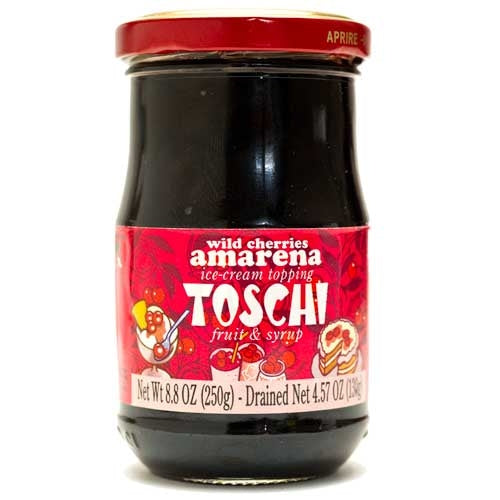 Restocking - choose Notify me
Restocking - choose Notify meToschi Wild Amarena Cherries in Syrup
Regular price $13.95 USDRegular priceUnit price / per$0.00 USDSale price $13.95 USDRestocking - choose Notify me -
Restocking - choose Notify me
La Favorita Whole Chestnuts in Syrup
Regular price $14.95 USDRegular priceUnit price / per$0.00 USDSale price $14.95 USDRestocking - choose Notify me -
 Restocking - choose Notify me
Restocking - choose Notify meCandied Bergamot Peel - Quarters
Regular price $19.95 USDRegular priceUnit price / per$0.00 USDSale price $19.95 USDRestocking - choose Notify me -

 Restocking - choose Notify me
Restocking - choose Notify meItalian Candied Citron Peel - Cubes
Regular price $22.95 USDRegular priceUnit price / per$0.00 USDSale price $22.95 USDRestocking - choose Notify me -
 Restocking - choose Notify me
Restocking - choose Notify meFavols Pitted Agen Prunes - IGP
Regular price $10.95 USDRegular priceUnit price / per$0.00 USDSale price $10.95 USDRestocking - choose Notify me -

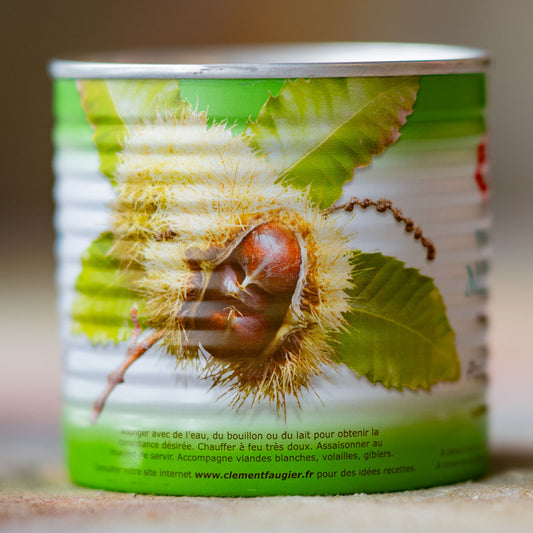 Restocking - choose Notify me
Restocking - choose Notify meClement Faugier Chestnut Puree
Regular price $9.95 USDRegular priceUnit price / per$0.00 USDSale price $9.95 USDRestocking - choose Notify me


